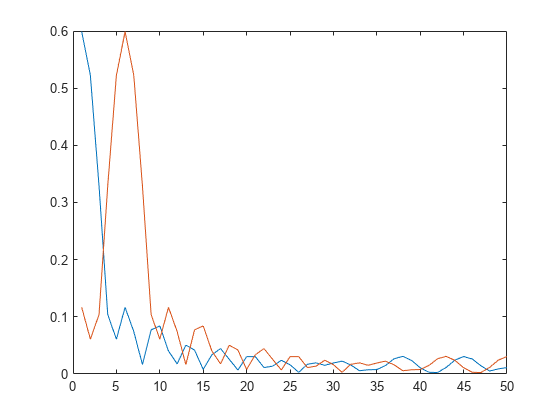lteSLFrameOffsetPSBCH
PSBCH DM-RS sidelink subframe timing estimate
Description
offset = lteSLFrameOffsetPSBCH(ue,waveform)waveform,
given UE-specific settings, ue.
The returned offset indicates the number
of samples from the start of the input waveform to the position in
that waveform where the first subframe containing the DM-RS begins.
Examples
Input Arguments
Output Arguments
Version History
Introduced in R2017a
